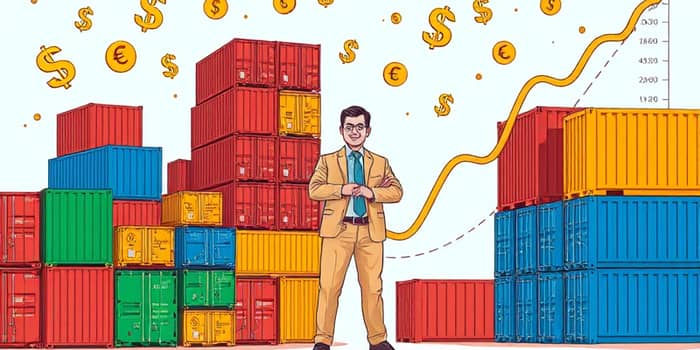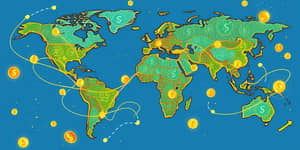
The concept of trade balance is often discussed in economic forums and financial news, but what does it really mean for individual investors? By exploring the interplay between exports, imports, currency valuation, and market sentiment, you can harness the information behind these numbers to make more informed decisions. This article delves into the mechanics of trade balance, its broader implications, and actionable strategies to align your portfolio with global economic shifts.
The trade balance is the simple yet powerful calculation of a country’s exports minus its imports over a fixed period. A positive result, known as a surplus, means more goods and services are sold abroad than bought from other nations. Conversely, a negative result indicates a deficit.
While the calculation may seem straightforward, its significance runs deep. As a vital economic signpost, the trade balance affects currency values, investor confidence, and government policy decisions worldwide. Changes in this metric can ripple through markets, influencing everything from the price of imported electronics to the fortunes of export-driven companies.
Both surpluses and deficits carry unique benefits and risks. Understanding these effects helps pinpoint which sectors and assets may thrive or falter under shifting trade dynamics.
Trade balance figures serve as a barometer for overall economic health, shaping investor sentiment and triggering sector rotations. Unexpectedly large surpluses can propel shares of manufacturing and agricultural firms higher, as global demand shines on export champions. Conversely, widening deficits often pressure import-heavy sectors, where rising costs squeeze profit margins.
Short-term market volatility frequently follows the release of trade data, as traders reposition portfolios based on the latest readings. However, the most profound effects emerge over longer horizons: persistent deficits can undermine economic fundamentals, eroding market valuations and reshaping the investment landscape.
A country running a surplus generally sees increased demand for its currency, leading to appreciation against trading partners. Strong currencies make imports cheaper and exports pricier, setting up a feedback loop that may narrow the surplus over time. Deficits have the opposite effect, weakening currencies and potentially fueling inflation.
For forex traders, trade balance reports are essential data points for assessing currency trends. Coupled with interest rate expectations and geopolitical factors, they guide strategic positions that can yield substantial gains or losses when markets move swiftly.
Governments employ a range of tools to influence trade balances, from adjusting tariffs and crafting bilateral agreements to implementing structural reforms. While these measures can deliver targeted benefits, they may also provoke retaliation or unintended side effects.
International cooperation offers an alternative path: encouraging surplus nations to boost domestic consumption while urging deficit countries to foster higher savings rates and prioritize productive investment. Such global market dynamics require patience, diplomacy, and careful calibration to achieve balanced growth worldwide.
Navigating investment decisions in the context of trade balances involves vigilance and strategic allocation. Consider these guidelines:
Understanding the trade balance and its ripple effects empowers investors to make more informed choices. By viewing these figures as part of a broader tapestry—woven with currency shifts, policy actions, and market psychology—you gain an edge in anticipating currency value fluctuations and aligning your strategy with global trends. Whether you are building a long-term growth portfolio or seeking tactical short-term opportunities, keeping a close watch on trade balances can sharpen your perspective and bolster your overall performance.
Embrace these insights to refine your approach, mitigate risks, and position yourself for success amid the ebbs and flows of international trade.
References













